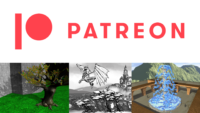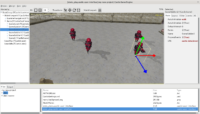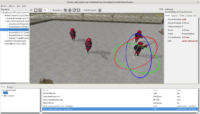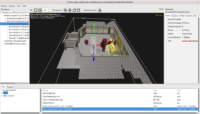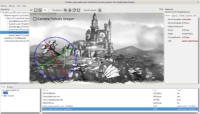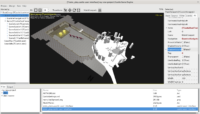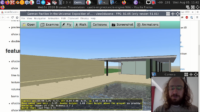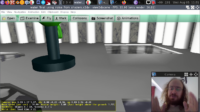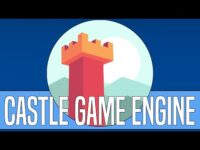 |
Castle Game Engine was reviewed by GameFromScratch! Watch the video below 🙂
My first reactions:
-
I’m extremely happy that a number of good things about the engine (in particular editor, documentation, recent CGE for Unity page, support for many platforms and formats) were pointed out. The 12-minute video is packed with information, and most of it is exactly the information I want to emphasize to the new engine users. Which means that overall we’re doing a decent job of communicating “what the engine is all about”, since an “outsider” was able to figure it out and very nicely describe.
-
I browsed the comments under the video (wow, > 12000 views!). It is obvious that having a console port (Nintendo Switch) and some actually released games like The Unholy Society and Escape from the Universe (that look pretty, unlike our somewhat ugly examples) is an important factor for many people for judging the engine. So I’m glad we have those, and I’ll keep emphasizing them on our webpages 🙂
And with this, a big plea to everyone who makes games using CGE: let me know about them, make screenshots, make movies, make announcements on your website — I want to reshare (and put in our gallery) all the pretty stuff you create. This stuff makes me personally happy, and it is a proof for others that “the engine can be actually used to create real, finished, polished games”.
-
I lament that there are ~5 seconds when the editor gizmo dragging doesn’t work on the video. That is most probably because the video was recorded right before we finished gizmos’ implementation. Gizmos rock today!
-
The author mentioned common Lazarus complaint: it opens a lot of windows 🙂 Note that Lazarus has actually since some time a solution to it (it is just not enabled by default): it’s called “anchored layout”. To use it, just open in Lazarus a package inside your Lazarus source code:
components/anchordocking/design/anchordockingdsgn.lpk. Install this package (it will recompile Lazarus) and you have an IDE with docked windows! Much more manageable in my experience, even if still not ideal.
